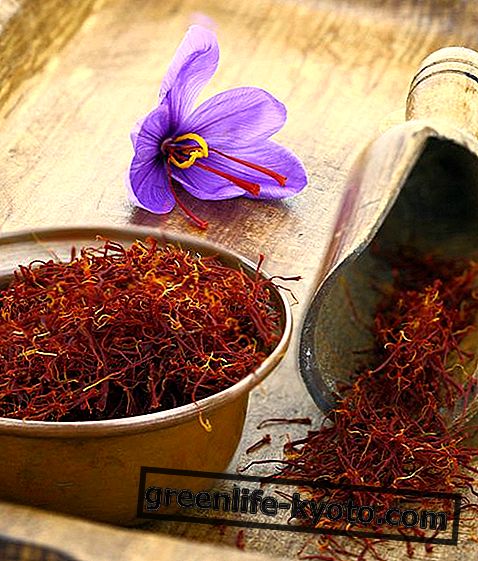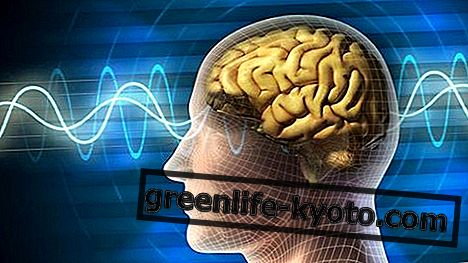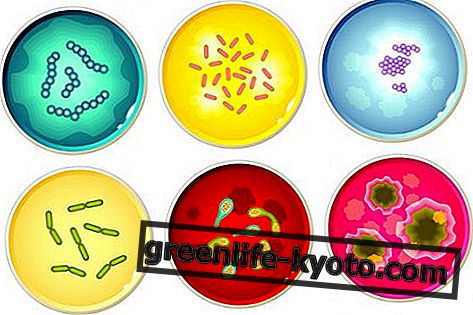
Magnesium is one of the most important elements for our body: it helps muscles, tendons and the nervous system. Its benefits are declined in various metabolic functions.
How do we take magnesium? Mainly through nutrition and then, at certain times when our body requires it with a loud voice, through supplementation with mineral supplements or trace elements, because magnesium lends itself to various forms and formulations for all requirements and times of absorption .
Foods with high magnesium content
The foods that carry a high magnesium content are:
> almonds : dried fruit with the highest magnesium content, with nutritional and energy properties. Of great success also in the specialized diets for sportsmen: in 100 g of almonds 260 mg of magnesium are found;
> hazelnuts : source of good fatty acids, useful for the prevention of cholesterol and for cardiovascular well-being. 100 g of hazelnuts provide 160 mg of magnesium;
> pistachios : nuts a little caloric but very tasty. They have antioxidant properties and contribute to cardiovascular well-being by controlling cholesterol. An amount of 160 mg of magnesium can be measured in 100 g of pistachios;
> spinach : this type of vegetable is rich in vitamins and minerals with anti-anemic and remineralizing properties. 100 g of spinach can make 80 mg of magnesium.
Foods with medium magnesium content
The foods that contribute to making a good magnesium content are:
> white meat : chicken, turkey and rabbit are white meats, low fat, highly digestible. 100 g of white meat can contain 40 mg of magnesium;
> zucchini : always cooked in a thousand different ways, they have purifying and refreshing properties. They are hardly eaten raw enjoying all their properties, they can be blanched and enjoyed without too much elaboration. In 100 g of zucchini it is possible to find a content of 40 mg of magnesium;
> broccoli: folic acid- rich and antioxidant-rich, possess purifying and protective properties. 100 g of broccoli contain 35 mg of magnesium;
> cauliflower : rich in antioxidants with hypoglycemic properties, it is a vegetable that is not very consumed unfortunately. In 100 g of cauliflower 35 mg of magnesium can be found;
> blue fish : excellent bearer of omega-3, iodine, iron and phosphorus, the fish should become a pleasant food habit at least twice a week. 100 g of fish provide 25 mg of magnesium;
> peppers and tomatoes : rich in antioxidant properties and vitamin C if consumed raw, 100 g of peppers or tomatoes have an intake of 15 mg of magnesium.
Organism and magnesium
In the human body, magnesium is concentrated mainly in cells : in our body there are about 25 g, mostly distributed in bones, striated muscles and soft tissues. Magnesium participates in numerous actions and metabolic reactions including:
> controls the contractions of the heart muscle, the beats and the pressure;
> supports muscle relaxation ;
> favors the fixation of calcium and phosphorus on bones and teeth;
> regulates the metabolism of glucose and insulin ;
> participates in the transmission of nerve signals ;
> coordinates the metabolic activity of more than 300 enzymes, such as the transformation of fats and sugars into energy;
> helps relieve the symptoms of premenstrual syndrome and menopause .
Magnesium deficiency, the causes
Sometimes the body may be in a condition of magnesium deficiency: tiredness, irritability, insomnia, muscle pain can be the alarm bells of this deficiency.
The causes can be multiple:
> a diet that is not very varied and poor in nutrients;
> stress, due to excessive expenditure of energy, both physical and mental;
> important hormonal changes such as pregnancy or menopause, but also in the menstrual period;
> the use of depurative drugs such as laxatives and diuretics can deplete the magnesium quotas.
Magnesium, types of supplements
In deficit conditions we can supplement the magnesium requirement with formulations marketed as food supplements .
There are various types of magnesium that meet the different needs of the moment:
> supreme magnesium : it is magnesium in citrated form with high assimilability. Dissolved in water, it becomes a pleasant drink that is recognized very quickly by the plasma membrane and guarantees rapid exchanges between nerve and muscle cells.
> magnesium pidolate : magnesium formulation enriched with pidolic acid which makes it directly absorbable by cells and intestines.
> magnesium chloride : bioavailable, excellent for summer integration, when the body easily loses important magnesium quotas due to heat and sweating.













